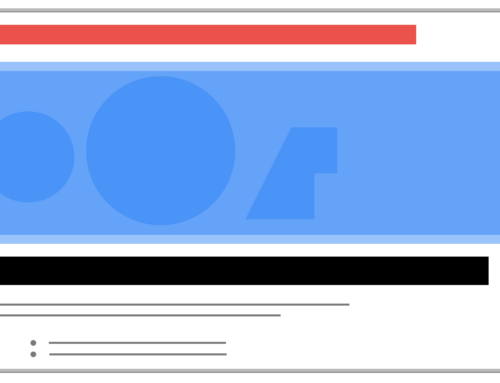What is Business Strategy or Strategic Plan?
A company’s Strategic Plan is their big picture plan to achieve and sustain comparative advantage in the markets they compete in. Or in simpler terms: it is what the company is going to do in order to “win”. This strategy is an overarching theme that guides the actions and decisions of a firm.
A good strategy provides answers to the following questions;
- In what markets do we compete?
- What is the unique value we offer to customers?
- What resources and capabilities do we have to provide our unique value?
- What barriers are there for others to imitate our unique value?
- What general guidelines can we follow when making difficult decisions or when we are forced to make sacrifices.
What is the difference between a Goal and a Strategy?
Goal: A stated objective, something you want to accomplish. The “what” you want to achieve.
Strategy: A preferred method for achieving a desired future state (goal). The “how” to achieve it.
Example 1) If the Goal is to take your family to Disneyland, your strategic decisions might be “fly or drive”.
Example 2) If the goal is to grow sales by $10M. The strategy might be to choose between direct & indirect channels. Or existing or new customers.
Goals and Strategies can both be very broad or very specific.
Example of a Business Strategy: “to be the low cost leader”
What are some approaches to developing a business strategy?
SWOT Analysis
Conduct a SWOT analysis of your company’s current situation by pinpointing the main internal Strengths and Weaknesses and external Opportunities, and Threats. This analysis will allow you to set a course of strategic options that will mitigate the weaknesses and threats, while exploiting strengths and weaknesses.
Porter’s Five Forces Framework
One of the best known business strategy frameworks, Porter’s Five Forces, helps a company recognize and develop a strategic plan of action, by evaluating their market’s attractiveness. Develop your strategy by evaluating the following five areas within your market:
- Threat of new entrants
- Threat of substitutes
- Supplier power
- Buyer power
- Rivalry among existing competitors
Values Based Strategies
Another way to describe or communicate strategies is to use comparisons. Of course everyone wants to be the best product, with the lowest costs, but at some point you have to decide which competing priority to choose to act on. A well defined strategy will help everyone in the organization know what the right decision might be. These strategies are as follows:
- Low Cost Strategy: Becoming the lowest-cost producer, for comparable quality, in an industry through a cost advantage and operational efficiencies.
- Product Leadership Strategy: To build the best products with the most innovative and advanced features. These companies can often sell for premium prices, but will likely have higher costs.
- Customer Relationship Strategy/ Differentiation strategy: providing a unique service or product, with few close substitutes, based on knowing your customers in a way that competitors are not able to or choose not to. An example of this might be providing superior customer service when your competitors are not.
Once you have developed your strategy, KPI Fire will provide you with the tools to organize, report, and evaluate execution efforts. Follow this link to watch how easy it is to input a strategic goal into KPI Fire: https://youtu.be/ef-_92b0Lf0



